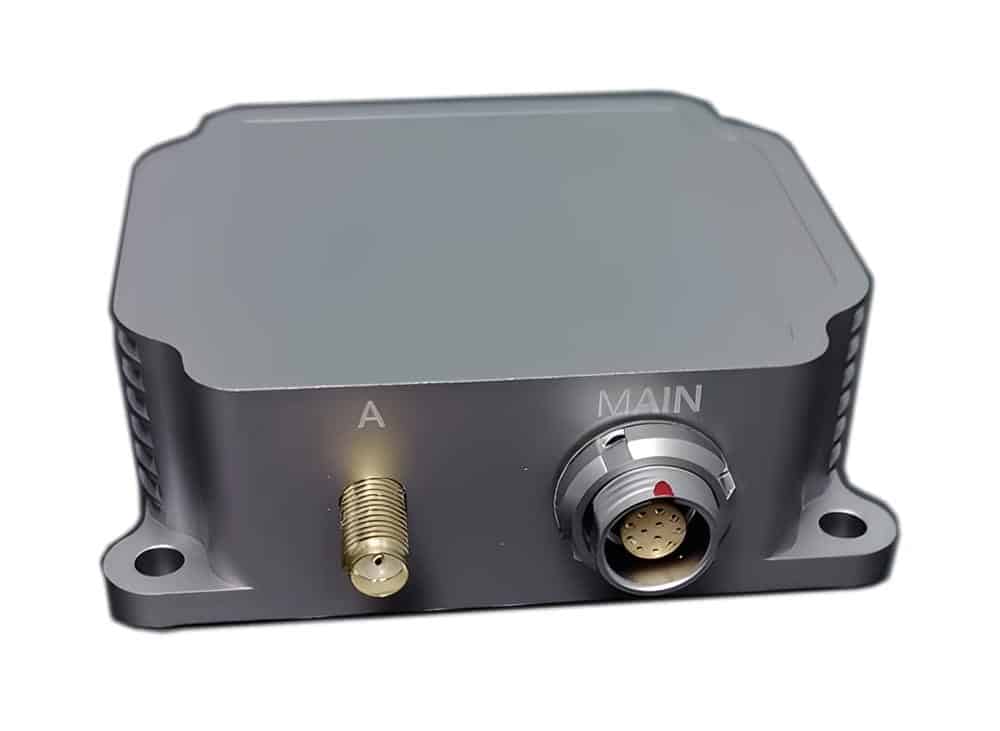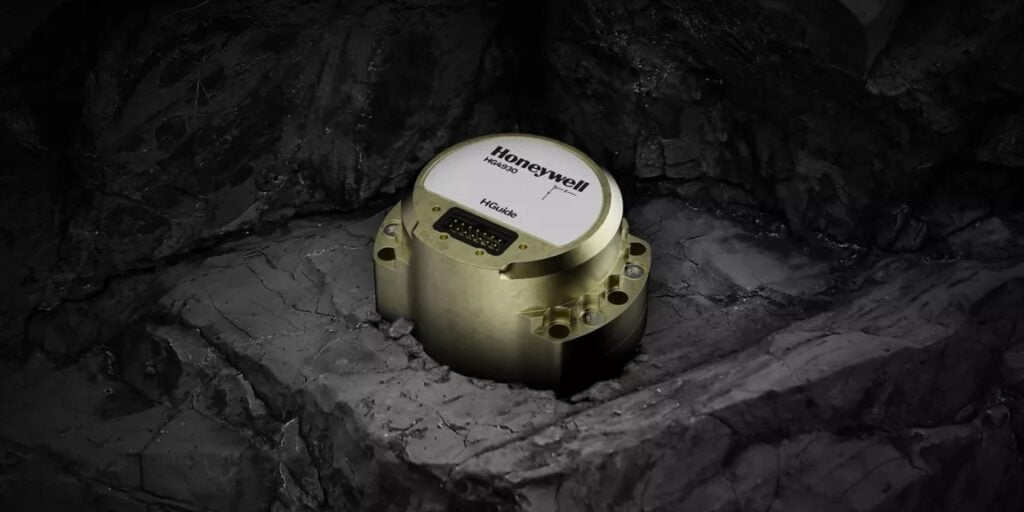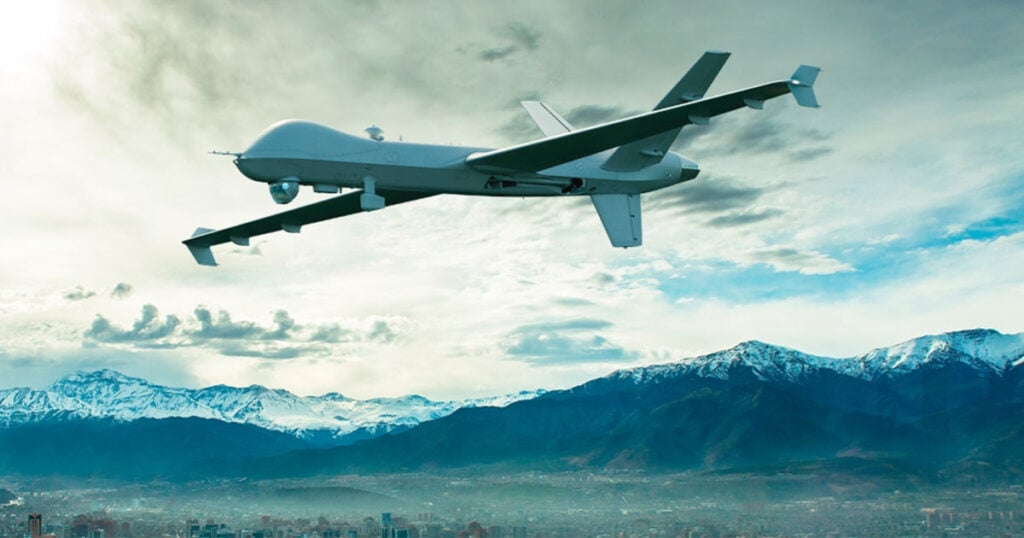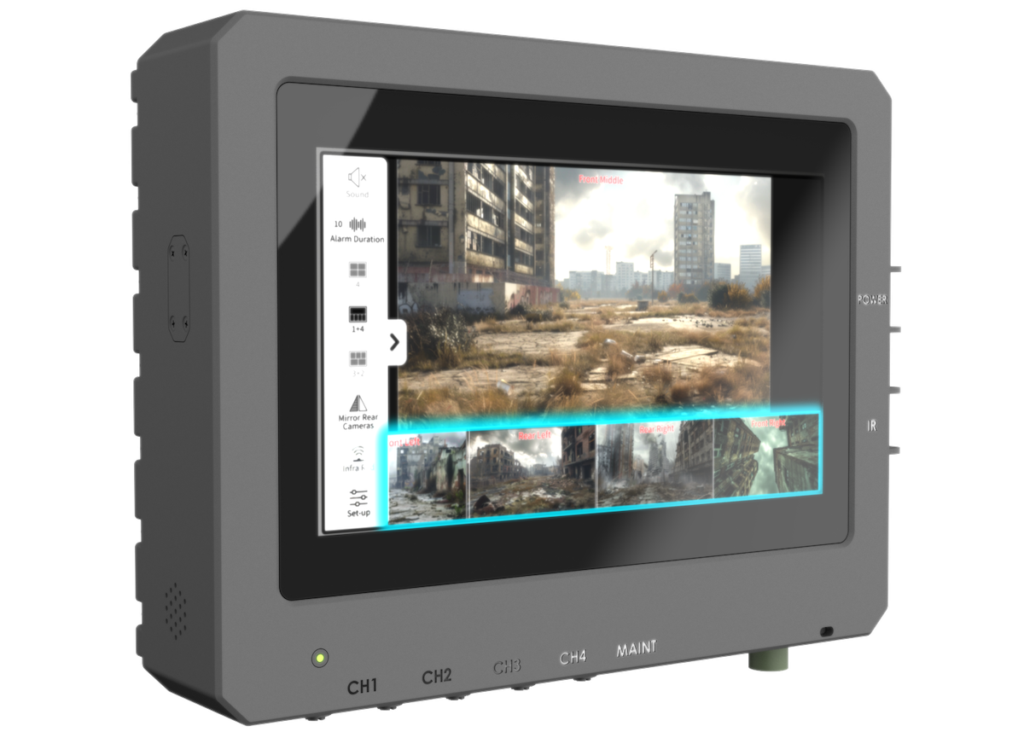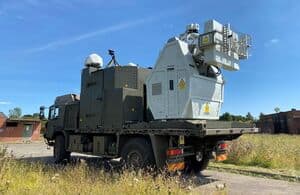
Discover Leading Defense Technology Solutions
Discover cutting-edge solutions from leading global suppliers
Tyndall Air Force Base and the 325th Security Forces Squadron have been working with Immersive Wisdom and Ghost Robotics to develop a Virtual Security Operations Center to enhance security and safety for the base population.
Tyndall will be one of the first Air Force bases to implement semi-autonomous robot dogs into their patrolling regiment, integrated with Immersive Wisdom’s 3D Virtual Ops Center.
While these robots walk on all fours and resemble a dog, they are not intended to replace the military working dogs. Instead they will aid in patrolling operations and, in doing so, allow Tyndall’s defenders to focus their efforts on security actions that require a physical presence.
Maj. Jordan Criss, 325th Security Forces Squadron commander has said: “These robot dogs will be used as a force multiplier for enhanced situational awareness by patrolling areas that aren’t desirable for human beings and vehicles,”
Criss explained that the robot dogs will be given a patrol path which will be set and monitored by the Security Forces Electronic Security Sensor System non-commissioned officer in charge.
“We will be able to drive them via (Immersive Wisdom in) a virtual reality headset within our Base Defense Operations Center,” said Criss. “We will be able to see exactly what the robot dog is detecting through its mobile camera and sensor platform if desired, we will also be able to issue verbal commands to a person or people through a radio attached to the dogs.”
The semi-autonomous canines allow defenders that would otherwise be patrolling these areas to focus on training, security and overall situational awareness across the base.
“These dogs will be an extra set of eyes and ears while computing large amounts of data at strategic locations throughout Tyndall Air Force Base,” Criss said. “They will be a huge enhancement for our defenders and allow flexibility in the posting and response of our personnel.”
This technology has the potential to replace and exceed the capabilities of certain static defense equipment especially in a contingency, disaster, or deployed environment.










